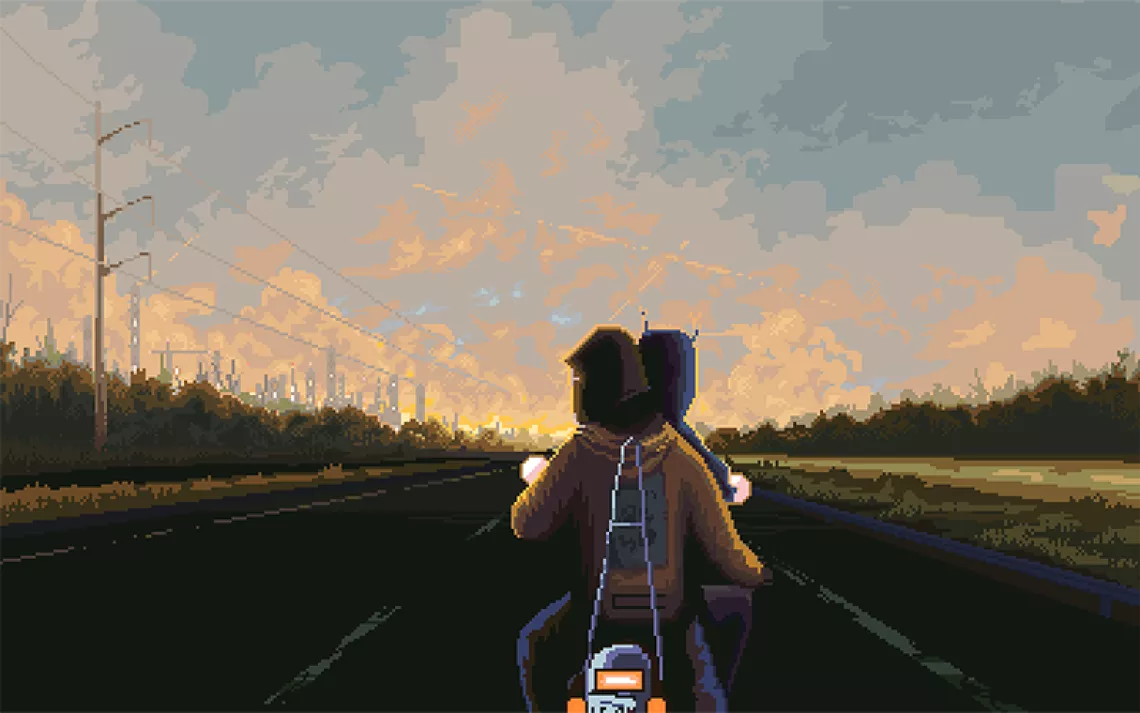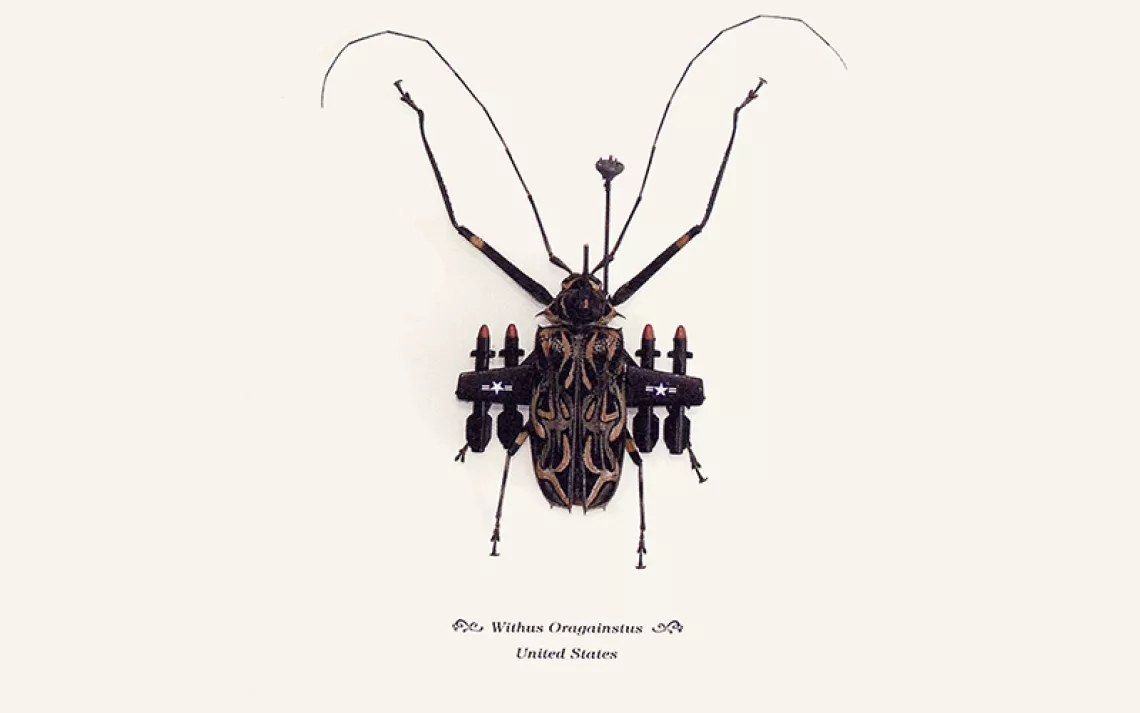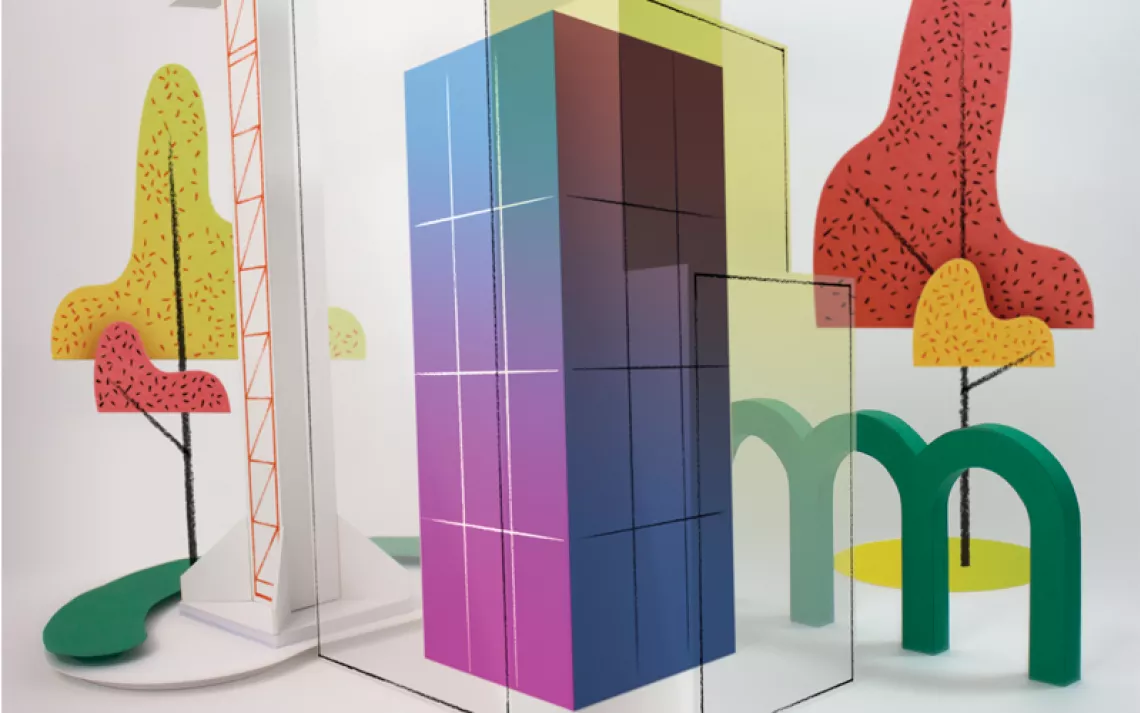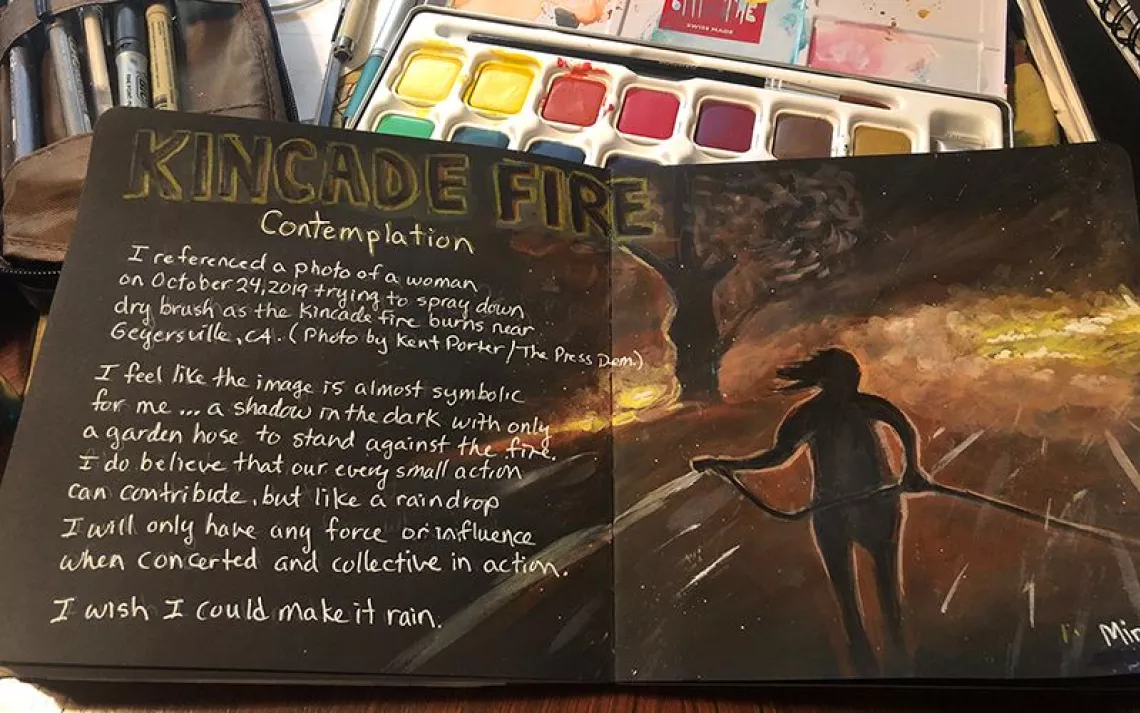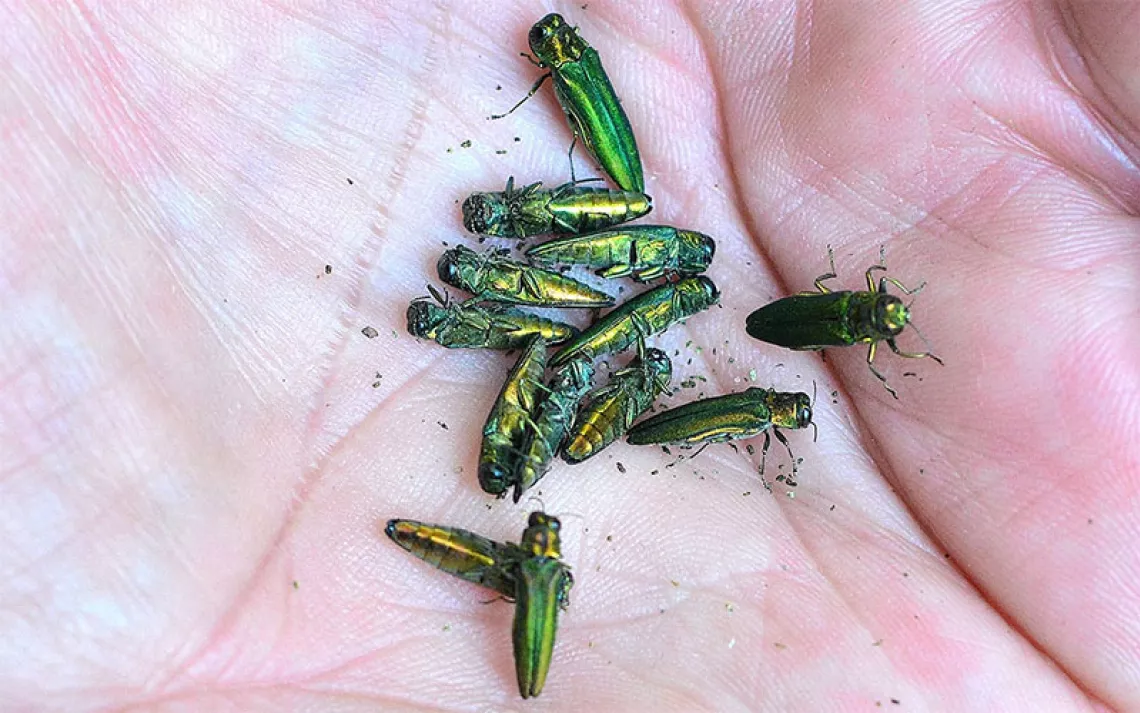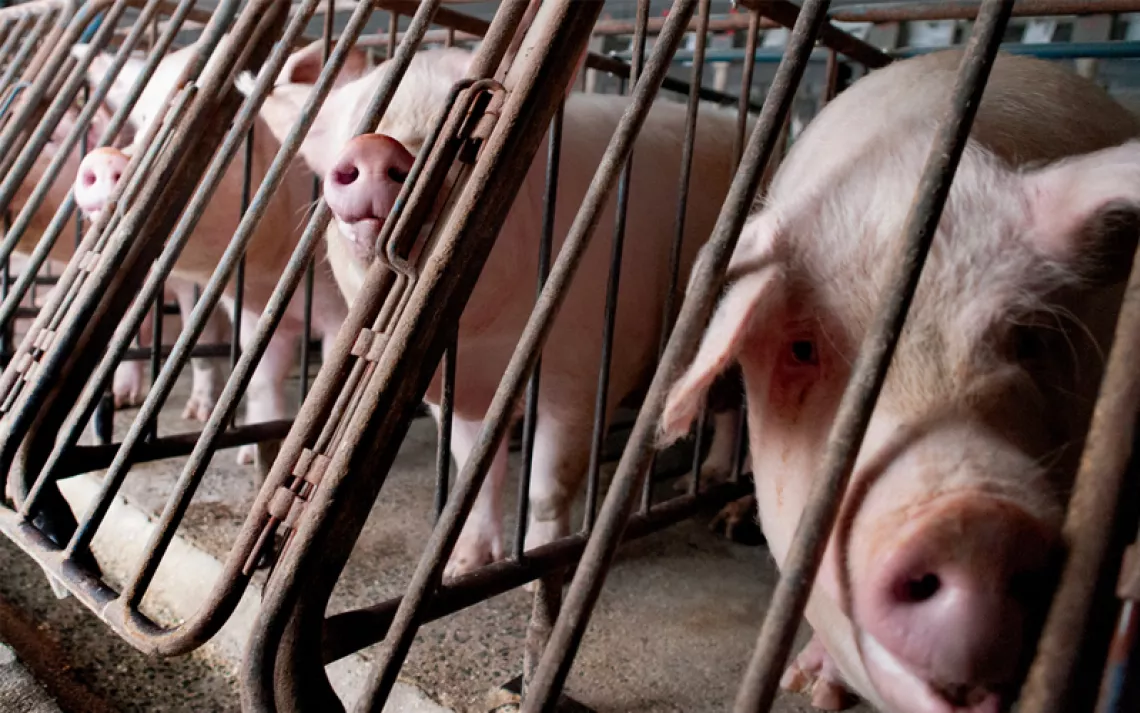The Art of Saving Oceans
Artist Angela Pozzi builds sculptures from washed-up plastic in order to cast more light on the problem of marine debris
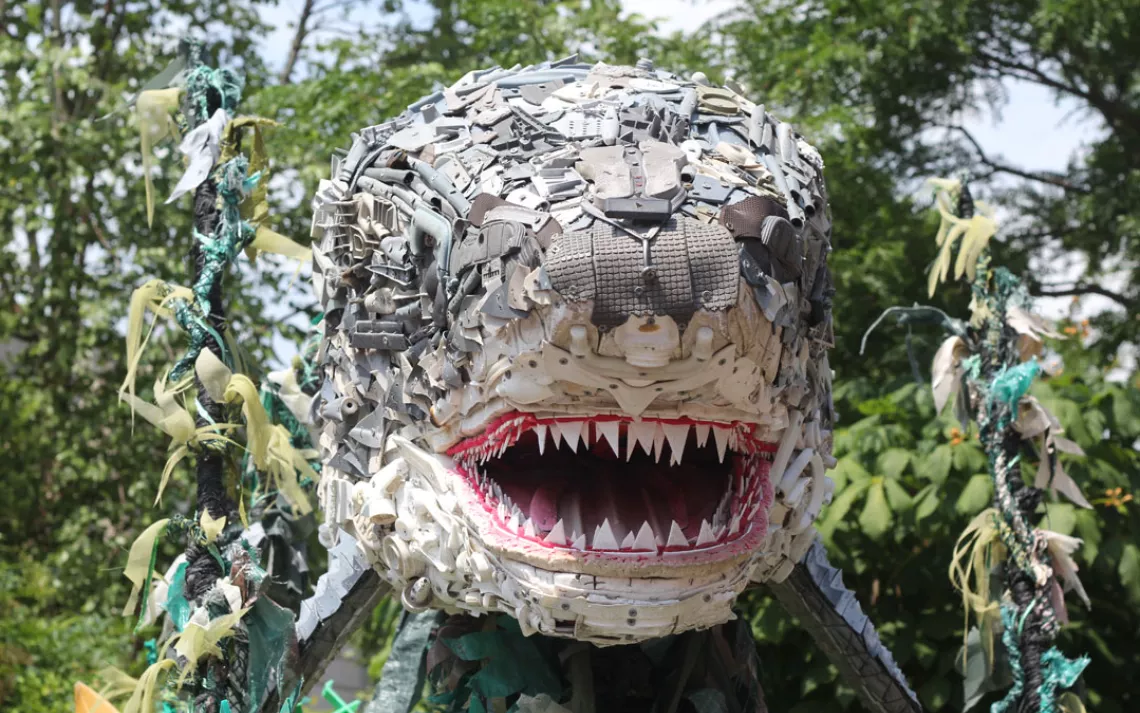
Chompers the shark. | Photo by Nachama Soloveichik
This September, a shark, a parrot fish, a sea lion pup, a jellyfish, and a giant anemone will occupy the U.S. State Department for a couple of days. That’s not because the nation’s foreign ministry is relaxing its security standards. The animals are sculptures, which Oregon-based artist Angela Pozzi and her team of volunteers constructed completely out of plastic litter they retrieved from Oregon beaches.
Eight pieces will be on view at the department’s Our Ocean conference on September 15 and 16. Many of the sculptures were previously on view in a Smithsonian National Zoo exhibition. That exhibit, titled “Washed Ashore,” drew its name from Pozzi’s nonprofit and featured 17 of Pozzi’spieces. Visitors to that exhibition, particularly children, swarmed around each sculpture, gawked at the recognizable pieces of plastic, and snapped selfies beside the animals.
Pozzi’s conservation-minded work is designed to raise awareness about the dangers of litter, and has been on view at several zoos, botanic gardens, and aquariums across the nation. Her sculpture “Turtle Ocean” is on view at the Smithsonian’s National Museum of Natural History. But exhibiting at the State Department is different for her. “It is truly the most important audience we have ever had,” she says. “It is a great privilege to be able to have our sculptures do their work in front of an international audience, which is in the middle of active decision-making about the ocean and debating international policies.”
Exposing decision-makers to the evidence of pollution—even though that evidence is wrapped up in colorful, bold, and whimsical sculptures—will help guide their choices about how to save oceans, according to Pozzi. “I have confidence that by seeing the debris in the way we present it, we will spark serious conversations,” she says.
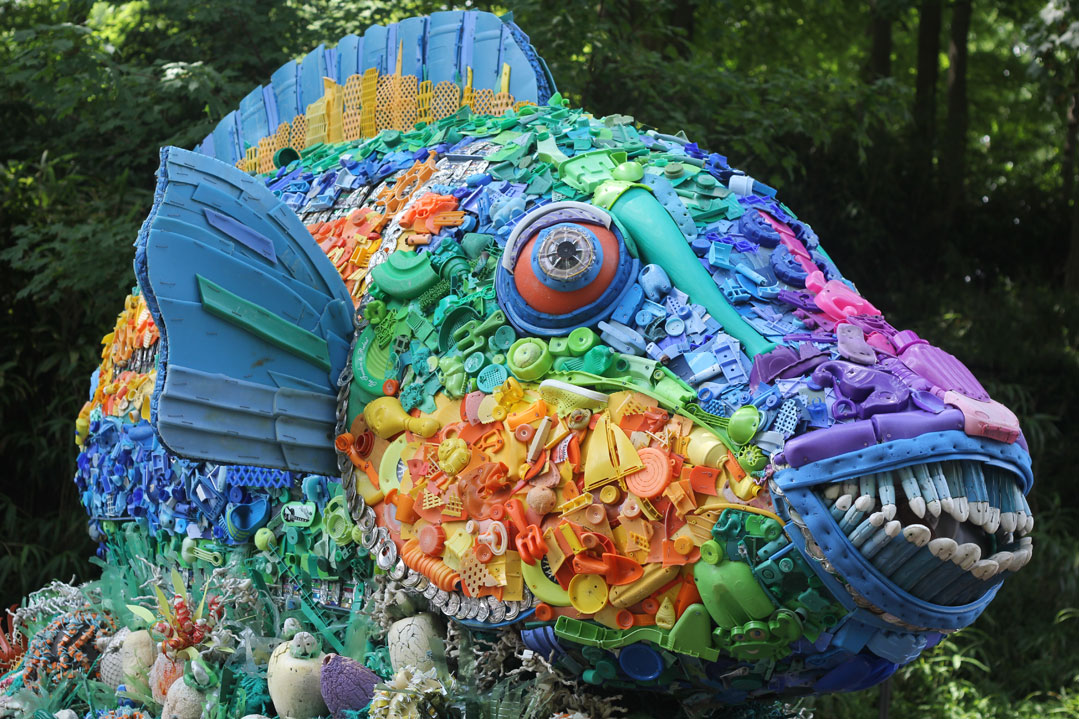
Priscilla the parrot fish. | Photo by Nachama Soloveichik
The sculptures will be on display inside and outside the State Department building. A 16-foot-long parrot fish titled “Priscilla” and a 10-foot-long shark “Chompers” will be installed outside the department. “Priscilla” displays a rainbow of colored objects, including shovels, bottles, tennis balls, bottle caps, flip flops, a comb, cigarette lighters, and a piece of corn.
With “Priscilla,” and with all of the sculptures, Pozzi says she and her team don’t cheat with the palette: Aside from cleaning the objects and sorting them, they don’t paint any of the trash they retrieve from the beach, using only what the ocean delivers. Brown is a tough plastic color to come by, Pozzi says, so the sea lion pup took longer to complete.
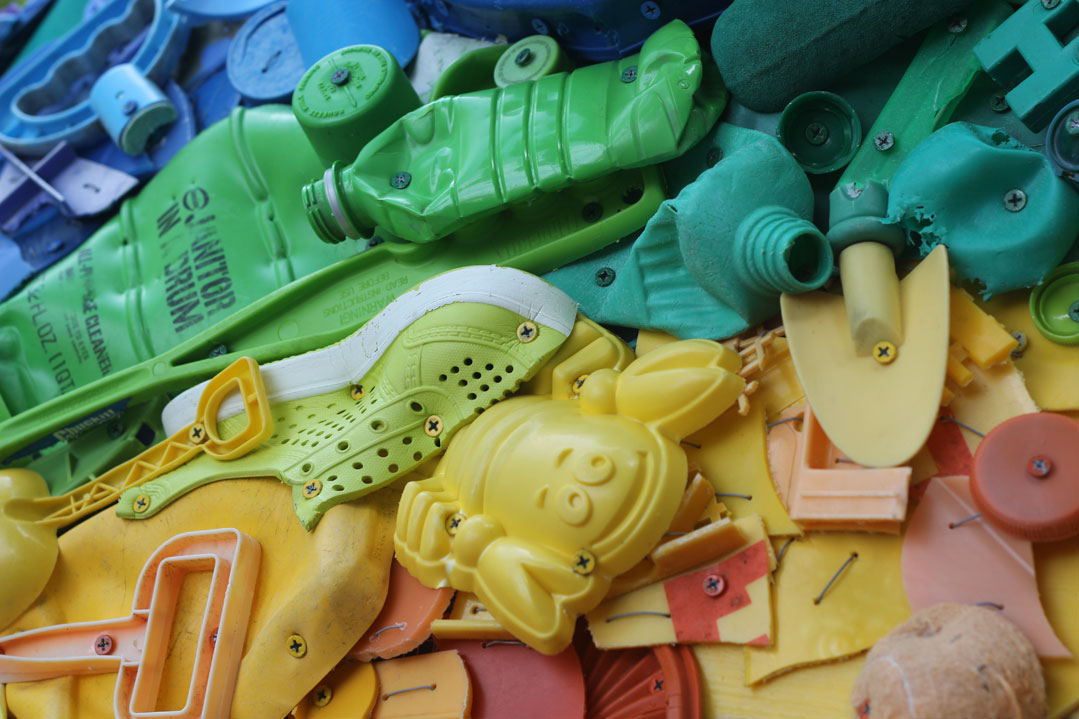
Details of the marine debris on Priscilla the parrot fish. | Photo by Nachama Soloveichik
When visitors enter the building, they will walk through a 12-foot-long whale rib cage made of white bottles, followed by a sea jelly made of plastic water bottles. Viewers are allowed to touch that sculpture and twirl it around. Further inside will be a six-foot-long sea lion pup, “SeeMore,” and two fish wall hangings, “Flip Flop” and “Fish Bite.” There will also be a giant anemone that is four feet tall and four feet wide.
Pozzi hopes that passersby in the State Department will remember the issue after seeing her work and take interest in the causes of marine debris. “Plastic pollution in the ocean is a symptom of much bigger problems: consumer choices and habits, as well as international, national, and local waste streams,” she says.
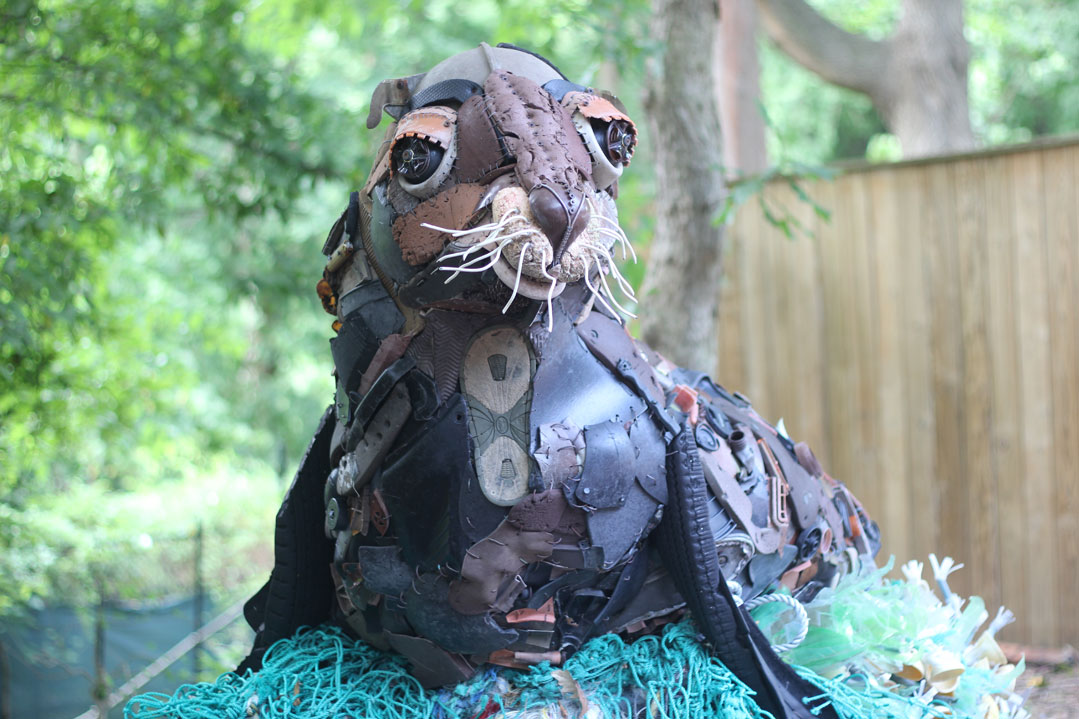
Seemore the sea lion pup. | Photo by Nachama Soloveichik
She also hopes that word will go out internationally about her sculptures and their conservationist message. “One small group of dedicated citizens is striving to help save the ocean,” she says. “In this way, we offer hope to other countries, which want to start a similar way of messaging.”
Beginning in 2017, Pozzi’s nonprofit Washed Ashore will offer training workshops on an international basis for those who want to leverage the arts to raise awareness about marine litter in their areas. “The international language of the arts can reach people like nothing else can,” Pozzi says. “Statistics, numbers, talk, books, and charts are helpful in spelling out all the dire facts and making plans, but art can look you in the eye, tug at your heart, and make you take action.”
 The Magazine of The Sierra Club
The Magazine of The Sierra Club
